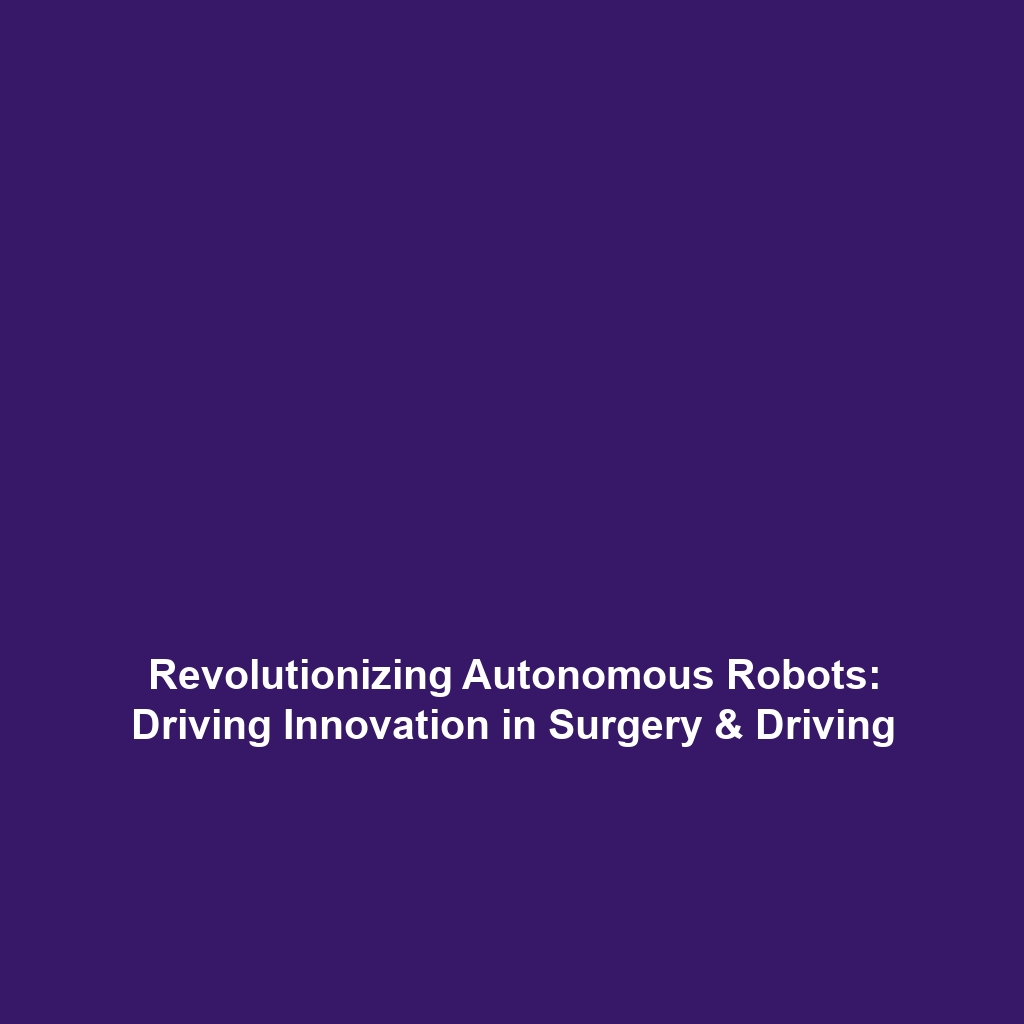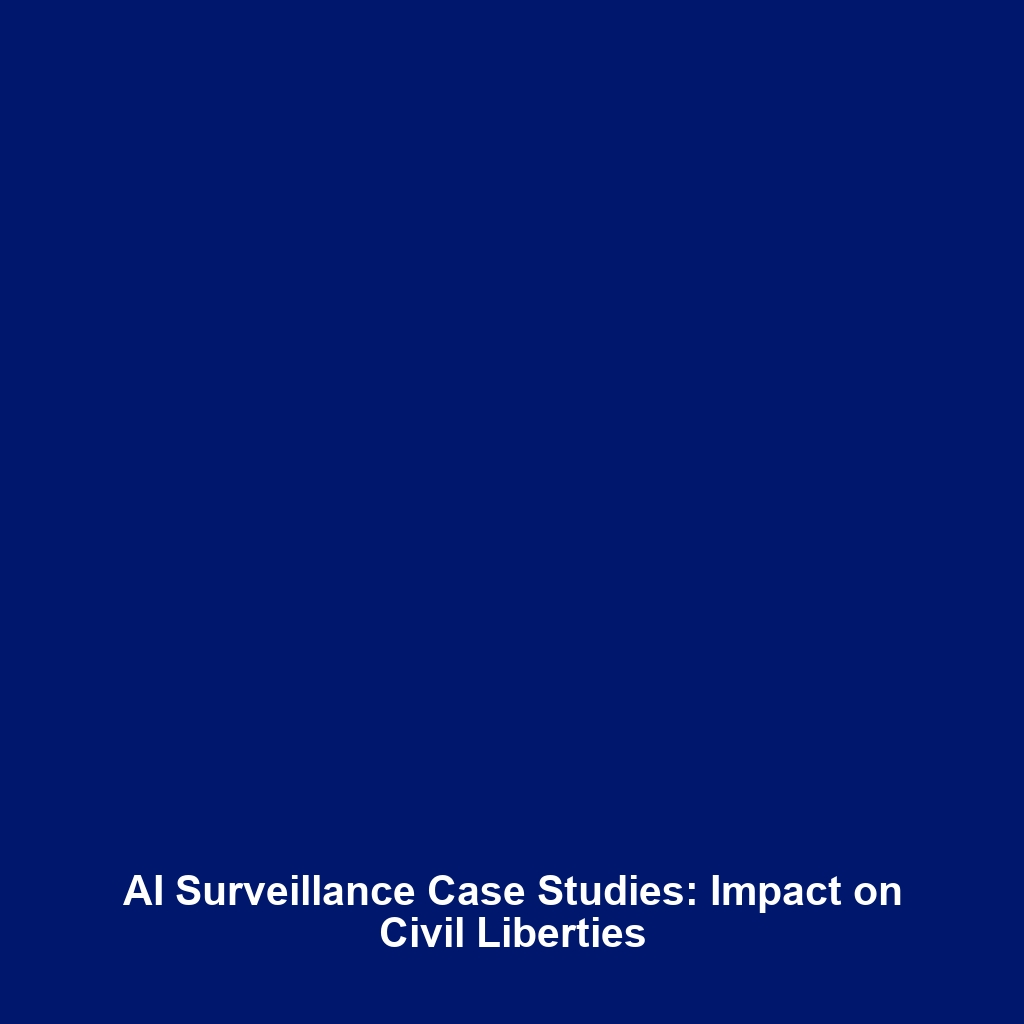Applications in Dynamic Environments: Autonomous Driving and Robotic Surgery
The field of autonomous robots plays a pivotal role in modern technology, particularly in dynamic environments such as autonomous driving and robotic surgery. As these technologies evolve, their applications are revolutionizing various industries, enhancing safety, efficiency, and precision. Understanding how autonomous robots operate in these fast-paced settings is crucial for their advancement and integration into daily life. This article delves into the methods, challenges, and transformation these technologies bring to our world.
Key Concepts of Autonomous Robots in Dynamic Environments
To appreciate the significance of applications in dynamic environments like autonomous driving and robotic surgery, it is essential to comprehend some key concepts:
- Machine Learning and AI: These technologies enable autonomous robots to adapt to changing surroundings, learn from experiences, and make real-time decisions.
- Sensor Fusion: The integration of various sensors (e.g., LIDAR, cameras, and ultrasound) allows robots to gather and process environmental data effectively.
- Path Planning: Algorithms are employed to help robots navigate complex environments safely, whether on the road or in an operating room.
Applications and Real-World Uses
Applications in dynamic environments like autonomous driving and robotic surgery illustrate the power of autonomous robots. Some significant uses include:
- Autonomous Driving: Self-driving cars utilize sensors and AI to navigate traffic, optimize routes, and ensure passenger safety.
- Robotic Surgery: Robotic-assisted surgical systems enhance precision and control during procedures, leading to improved patient outcomes.
These examples showcase how autonomous robots are reshaping industries by providing smarter, safer, and more efficient solutions.
Current Challenges in Autonomous Robotics
Despite their potential, several challenges hinder the full deployment of applications in dynamic environments such as autonomous driving and robotic surgery:
- Safety and Reliability: Ensuring that autonomous systems can operate without causing harm remains a primary concern.
- Data Security: Protecting sensitive information generated by autonomous robots from cyber threats is critical.
- Regulatory Frameworks: The lack of clear regulations can slow advancements and adoption of these technologies.
Future Research and Innovations
Looking ahead, the future of autonomous robots in dynamic environments is promising, with several innovative research and technology breakthroughs on the horizon:
- Advanced AI Algorithms: These may enable greater adaptability and decision-making capabilities in unpredictable contexts.
- Improved Sensor Technology: Continued advancements in sensors will enhance perception and localization in complex environments.
- Collaboration Between Robots: Research into multi-robot coordination will likely lead to more effective systems operating in tandem.
Conclusion
Applications in dynamic environments like autonomous driving and robotic surgery not only highlight the capabilities of autonomous robots but also their potential to transform various sectors. As research and development continue to evolve, addressing existing challenges and embracing innovations will be crucial in shaping the future of these technologies. For more insights into related topics, check out our articles on autonomous technology and robotics innovation.


